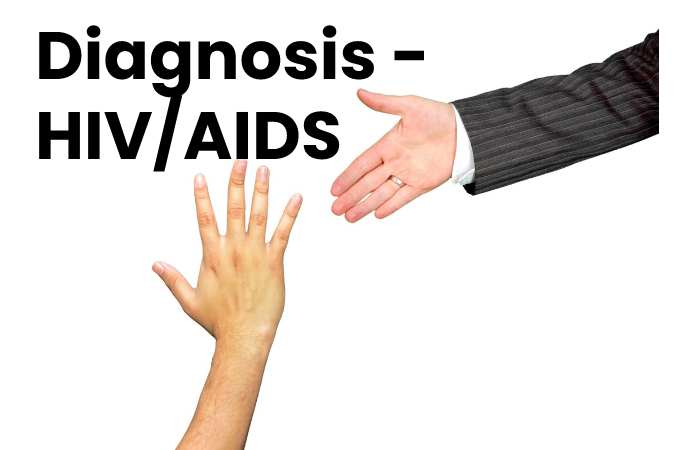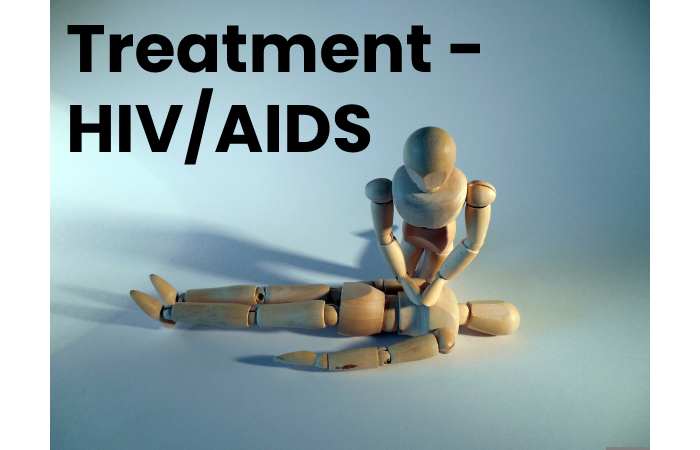Table of Contents
What is HIV?
HIV/AIDS – HIV (human immunodeficiency infection) is contamination that goes after the body’s safe framework. If HIV isn’t dealt with, it can prompt Guides (AIDS).
There is right now no robust fix. When people get HIV, they have it forever.
In any case, with legitimate clinical consideration, HIV can control. Individuals with HIV who seek successful HIV treatment can live long, useful lives and safeguard their accomplices.
What is AIDS?
Therefore, an individual who the human immunodeficiency infection contaminates (HIV) is analyzed as having helped in the wake of creating one of the sicknesses that the Communities for Infectious prevention have distinguished as a mark of Helps. An HIV-positive individual who has not had any problematic ailments can also get a Guides conclusion from specific blood tests (CD4+ counts).
At the point when HIV debilitates the invulnerable framework, “artful” contaminations can exploit this debilitated state and cause disease. Shrewd diseases incorporate Kaposi’s sarcoma and pneumocystis carinii pneumonia. A solid, resistant framework promptly constrains large numbers of these diseases.
When did HIV come from?
HIV contamination in people came from a kind of chimpanzee in Focal Africa. It concentrates on a show that HIV might have bounced from chimpanzees to individuals as far back as the previous part of the 1800s.
The chimpanzee form of the infection is called simian immunodeficiency infection. It was most likely passed to people when people chased these chimpanzees for meat and interacted with their contaminated blood.
What are the Types of HIV?
At the point when persons with HIV don’t seek treatment, they usually progress through three phases. In any case, HIV treatment can slow or forestall movement of the sickness. With propels in HIV treatment, moving to Stage 3 (Helps) is more uncommon today than in the early long periods of HIV.
Intense HIV Disease
Individuals have a lot of HIV in their blood and are highly infectious.
Many individuals have influenza-like side effects.
If you have influenza-like side effects and figure you might have present with HIV, get tried.
Ongoing HIV Contamination
- This stage is likewise called asymptomatic HIV contamination or clinical idleness.
- HIV is as yet dynamic and keeps on recreating in the body.
- Individuals might not have any side effects or become ill during this stage yet can communicate HIV.
- Individuals who accept HIV treatment as recommended might, in all likelihood, never move into Stage 3 (Helps).
- Without HIV treatment, this stage might last 10 years or longer or may advance quicker. Toward the finish of this stage, how much HIV in the blood (viral burden) goes up and the individual might move into Stage 3 (Helps).
Acquired Immunodeficiency Contamination
- The most extreme phase of HIV disease.
- Individuals with help can have a viral burden and may effectively communicate HIV to other people.
- Individuals with Helps have gravely harmed safe frameworks. They can get a rising number of pioneering diseases or other complex ailments.
- Without HIV treatment, individuals with Helps regularly get by around three years.
Also Read: Skin Infections Types – Introduction, Types, Side Effects, and More
Risks – HIV/AIDS
Individuals who are at a higher gamble of becoming contaminated with HIV include:
- individuals with current or past cooperation with HIV.
- individuals with a current or past accomplice who is from an area with high HIV charges.
- individuals who are from an area with high HIV rates.
- individuals who take part in chemise (utilizing medications to help or upgrade sex).
- men who have unprotected sex with men.
- ladies who have unprotected sex with men who have intercourse with men.
- individuals who infuse medications and offer hardware.
- individuals who have unprotected sex with someone who has invested tranquillizer and shared hardware.
- individuals who provide sex plays with somebody contaminated with HIV.
- individuals with a background marked by physically sent diseases, hepatitis B or hepatitis C.
- individuals who have had numerous sexual accomplices.
- individuals who assault.
- individuals who have gotten a blood bonding, relocate or other gamble incline systems in nations that don’t have significant areas of strength for have for HIV.
- medical care labourers who could incidentally prick themselves with a tainted needle – yet this hazard is very low.
- infants brought into the world from a parent with untreated HIV.
Diagnosis – HIV/AIDS

When tainted with HIV, an individual’s body creates antibodies against the disease, and these antibodies become noticeable in research center tests in three months or less. In the wake of taking a clinical history and carrying out an actual assessment, a specialist might maintain that they should do different tests, including:
- A total blood count
- A blood science profile
- A test for hepatitis B and C
A blood test to quantify CD4 Immune system microorganisms. Since the infection utilizes these cells to duplicate itself, killing the CD4 Immune system microorganisms all the while, a low CD4 Lymphocyte count is a mark of the advancement of the illness.
A blood test to gauge viral burden or how much HIV is, for example, blood. Those with a high prevalent load ordinarily foster Guides quicker than those with a low overall responsibility.
- A syphilis screening
- A tuberculin skin test
- A toxoplasma immune response test
Treatment – HIV/AIDS

HIV is entirely preventable. Viable antiretroviral treatment (Workmanship) keeps HIV transmission from mother to youngster during pregnancy, conveyance and breastfeeding. Somebody on antiretroviral therapy and virally stifled won’t pass HIV to their sexual accomplices.
And also, condoms forestall HIV and other physically sent diseases, and prevention uses antiretroviral drugs to forestall HIV. Male circumcision suggests in high-trouble nations in eastern and southern Africa. Hurt decrease (needle programs and narcotic replacement treatment) forestalls HIV and other blood-borne contaminations for individuals who infuse drugs.
HIV is treated with the antiretroviral treatment comprising at least one drug. Craftsmanship doesn’t fix HIV yet decreases its replication in the blood, subsequently diminishing the viral burden to an imperceptible level.
Conclusion
Therefore, admittance to better antiviral medicines has decisively diminished passing’s from Helps worldwide, even in unfortunate nations. Because of these life-saving medicines, many people with HIV in the U.S. today don’t foster Guides. Untreated, HIV regularly transforms into help in around 8 to 10 years.

